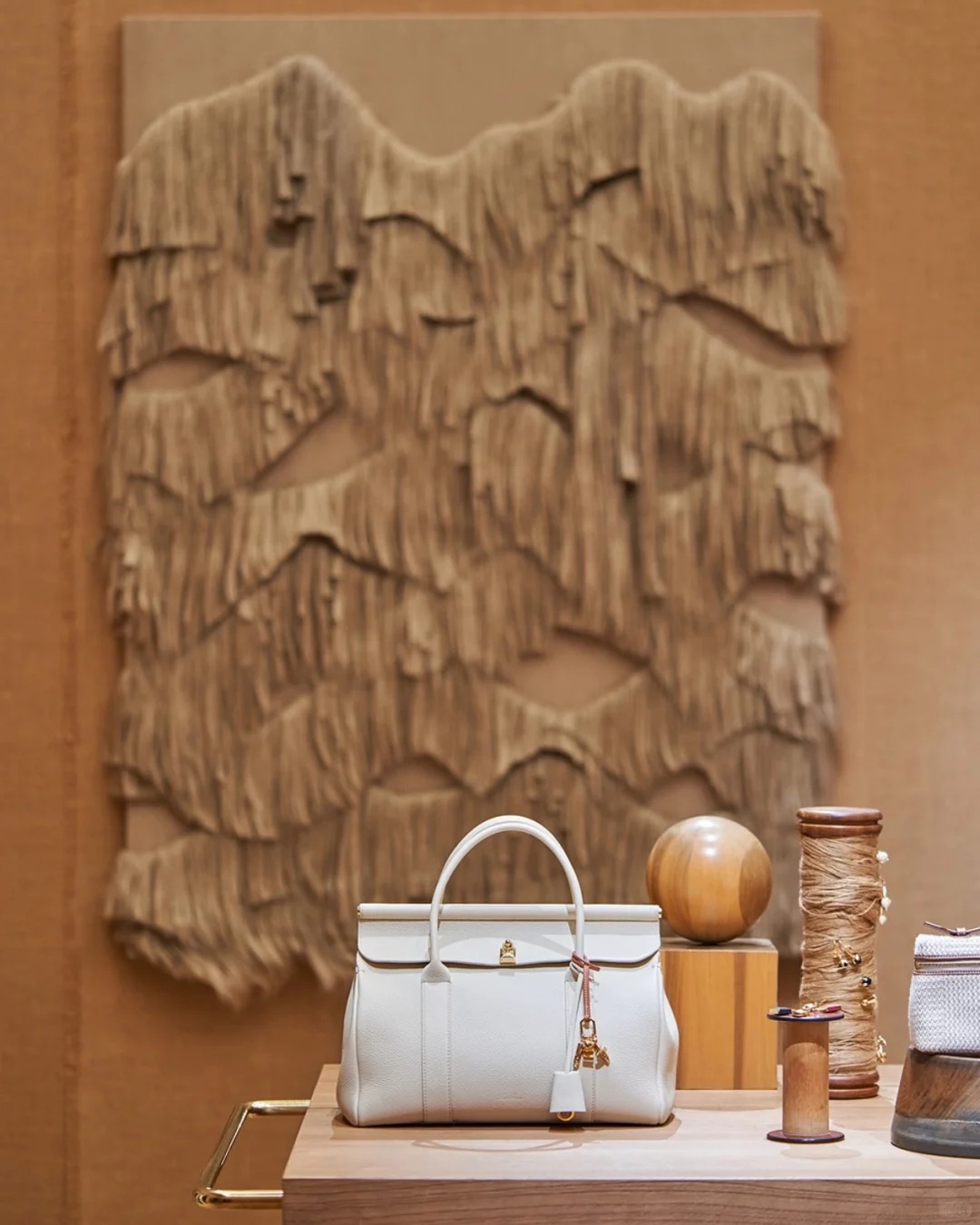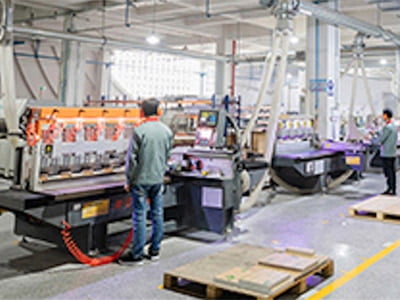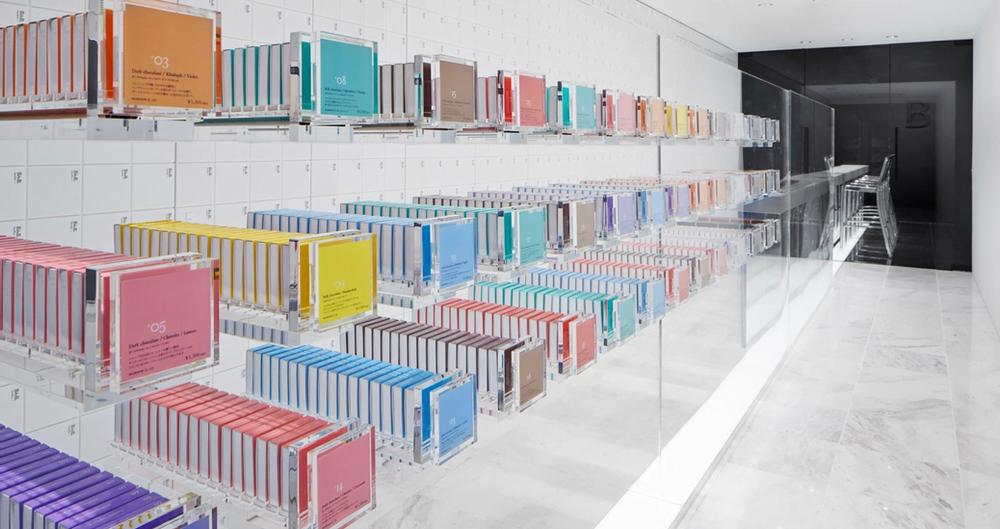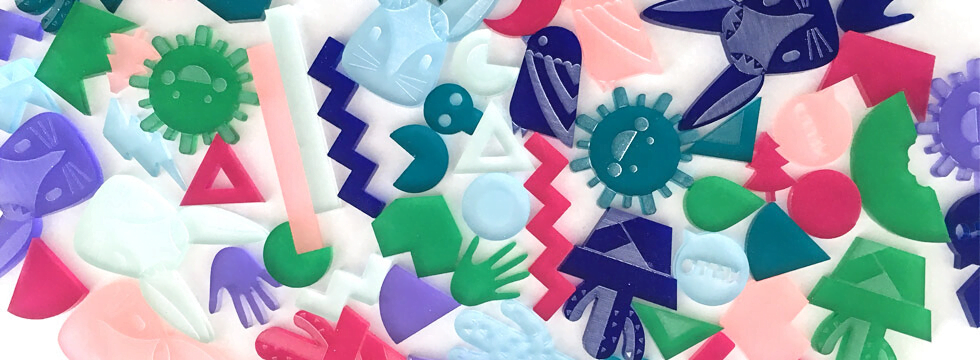Sustainable Design Solutions for Retail Displays
By Yan Luo | Samtop Display
Table of Contents
Reducing plastic in retail displays is possible without losing aesthetic appeal by using eco-friendly materials such as wood, metal, recycled paper, and biodegradable plastics. By choosing eco-friendly materials like wood, metal, recycled paper, and biodegradable plastics, you can create visually striking displays that align with your brand’s sustainability goals. Incorporating modular designs, minimalism, and upcycled materials can help reduce plastic use while still maintaining high-quality, eye-catching displays.
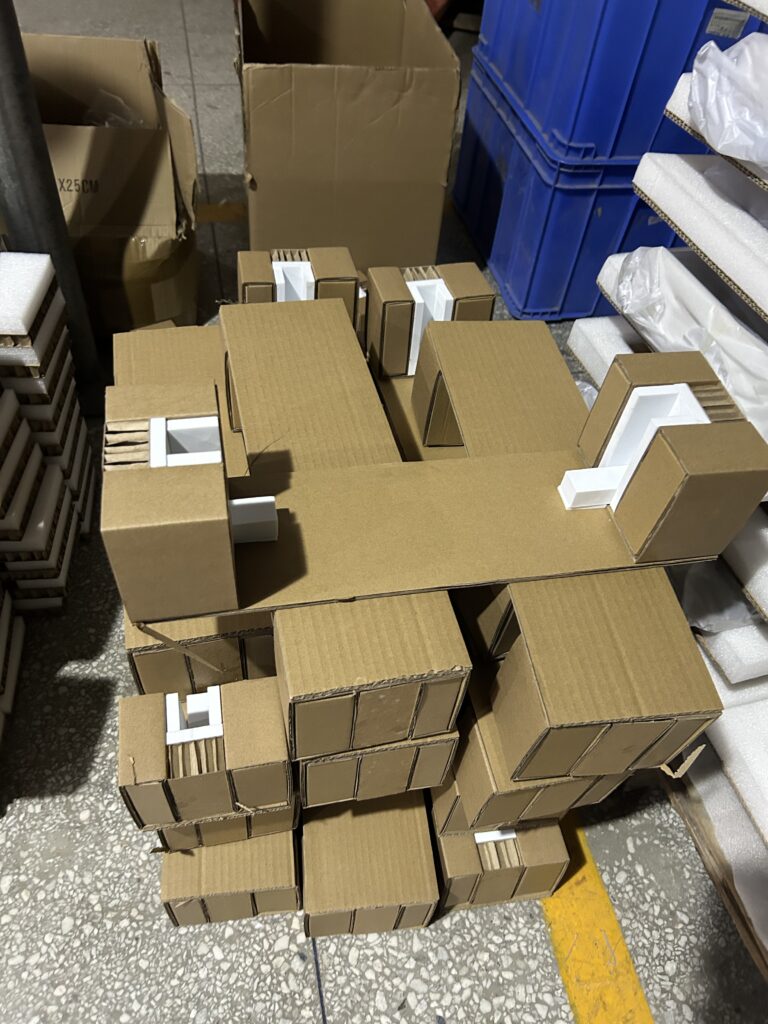
At Samtop, we specialize in creating sustainable retail displays that blend aesthetic appeal with environmental responsibility.
🌍 Key Strategies to Reduce Plastic in Your Display Projects
1. Why Should You Reduce Plastic in Retail Displays?
In today’s market, sustainability is not just a trend; it’s a necessity. As consumers become more environmentally conscious, brands are under pressure to reduce their plastic usage and adopt eco-friendly practices. However, the challenge is finding materials that reduce plastic consumption without compromising on the visual appeal and functionality of retail displays.
2. The Environmental and Brand Impact of Plastic Use
Plastic waste has a significant environmental impact, and the overuse of plastic in retail displays contributes to pollution. In addition, consumers are increasingly seeking out brands that align with their environmental values. Failing to reduce plastic could lead to a negative perception of your brand, loss of consumer trust, and missed opportunities to engage with eco-conscious customers.
3. How to Achieve Sustainable Display Designs Without Sacrificing Aesthetic
At Samtop, we offer solutions that help you reduce plastic in your displays while maintaining an attractive, functional design. By using eco-friendly materials like wood, metal, and recycled paper, and focusing on modular, minimalist designs, we help you create sustainable displays that look great and meet your sustainability goals.
📊 Key Tips for Designing Sustainable Displays Without Plastic
1. Eco-Friendly Materials That Replace Plastic in Retail Displays
Instead of relying on traditional plastics, consider alternative materials that offer sustainability without sacrificing design quality.
Sustainable Material Options:
- Wood: Natural, versatile, and customizable. Wood can be used for structural elements like frames, shelves, or backdrops, adding warmth to displays.
- Benefits: Biodegradable, durable, and sustainable when sourced responsibly.
- Considerations: Requires proper treatment for durability and finishing.
- Metal: Aluminum or steel can replace plastic in frames, supports, and accessories. Metal is durable and recyclable at the end of its lifecycle.
- Benefits: Recyclable, long-lasting, and sophisticated.
- Considerations: Heavy compared to some plastics, but can be lightweight if used efficiently.
- Recycled Paper and Cardboard: Ideal for temporary or seasonal displays, these materials offer structural integrity while reducing plastic use.
- Benefits: Lightweight, biodegradable, and cost-effective.
- Considerations: Less durable, but perfect for short-term displays.
Tip: Select locally sourced materials to reduce transportation emissions and support sustainable supply chains.
2. Implement Modular and Reusable Designs
Modular displays are a great way to reduce waste and minimize plastic. These designs can be disassembled and reused for different products, seasons, or campaigns, reducing the need for new materials.
How Modular Designs Help:
- Longevity: Modular components can be reused across different setups, extending the life cycle of the display.
- Customization: Combine materials like wood, metal, or recycled elements in modular units to achieve various looks without relying on plastic.
- Storage Efficiency: Modular designs are easy to store and transport due to their stackable nature.
Tip: Design multi-functional display systems that can adapt to different product types or promotional themes.
3. Sustainable Display Design: How to Reduce Plastic in Retail Displays
Single-use plastics are a major environmental concern, particularly in temporary displays and packaging. Consider more sustainable alternatives that still maintain the display’s aesthetic.
Alternatives to Single-Use Plastic:
- Fabric: Use natural fabrics like cotton, bamboo, or recycled polyester for banners, backdrops, and product covers.
- Benefits: Reusable, versatile, and easy to store and clean.
- Biodegradable Plastics: For temporary elements, use biodegradable plastics like PLA (Polylactic Acid), which break down faster than traditional plastics.
- Benefits: Eco-friendly option for short-term use.
- Glass and Acrylic: Replace plastic with glass or acrylic for display cases or product holders.
- Benefits: Recyclable, durable, and offers a premium, transparent aesthetic.
- Wooden and Paper Signs: Use wooden or cardboard signage to reduce plastic waste while achieving a more organic look.
Tip: Use eco-friendly inks and finishes like water-based paints or natural dyes that are less harmful to the environment.
4. Incorporate Upcycled and Recycled Materials
Using upcycled or recycled materials in your display designs reduces plastic usage while maintaining a modern, high-end aesthetic.
Upcycled and Recycled Material Ideas:
- Upcycled Wood: Reclaimed wood from old furniture or buildings adds a unique touch to displays and reduces the need for new materials.
- Recycled Plastics: Processed and repurposed recycled plastics reduce the environmental impact of plastic without eliminating functionality.
- Recycled Glass or Metal: Incorporate recycled glass or metal for display shelves or structural components, adding a sustainable feel.
Tip: Partner with suppliers that offer sustainable materials and are committed to reducing their carbon footprint.
5. Focus on Minimalism and Clean Design
Minimalist designs reduce material waste and help create an impactful display without excess decoration. Simple, elegant displays are often more adaptable and reusable.
Benefits of Minimalist Designs:
- Less Material Waste: Minimalist displays use fewer materials, reducing plastic consumption.
- Timeless Appeal: Simple designs have a timeless aesthetic that can be reused without the need for constant updates or replacements.
- Sustainability Messaging: Minimalist designs align well with sustainability efforts, reinforcing your brand’s environmental commitment.
Tip: Use sleek lines, open spaces, and subtle lighting to highlight products without overwhelming customers with excessive decoration.
💬 FAQ
Q1: How can I reduce plastic in retail displays without compromising aesthetics?
✅ Focus on natural materials like wood, metal, and recycled paper. Combine these with modern design principles like minimalism and strategic lighting to create an aesthetically appealing display.
Q2: Are there cost-effective alternatives to plastic that still look luxurious?
✅ Yes, materials like recycled glass, wood, and upcycled metals can create a luxury feel while being eco-friendly. These materials may require a higher initial investment, but their durability and sustainability often result in cost savings over time.
Q3: How do I reduce plastic in temporary displays?
✅ Consider using recycled cardboard or fabric for temporary banners, signs, and backdrops. For smaller components, explore biodegradable plastics or upcycled materials that won’t create long-term waste.
Q4: Can I still use acrylic for product displays without using plastic?
✅ Yes, acrylic is a sustainable option if it’s made from recycled materials. Recycled acrylic is widely available and can provide the same aesthetic appeal and durability as traditional plastic.
✅ Conclusion: Sustainable Display Designs Without Sacrificing Aesthetics
✔️ By incorporating eco-friendly materials such as wood, metal, recycled fabrics, and biodegradable plastics, you can reduce plastic usage without compromising on visual impact.
✔️ Modular, upcycled, and minimalist designs can further reduce waste and enhance the longevity of your displays.
✔️ Embrace sustainability and functionality in your display designs to reflect your brand’s commitment to the environment while still achieving high-end aesthetics.
Reducing plastic in retail displays supports sustainability while keeping designs stylish and functional.. Sustainable Packaging and Retail Displays – Ellen MacArthur Foundation
📩 Need Help Designing Your Sustainable Display?
At Samtop, we:
- Design eco-friendly retail displays with sustainable materials
- Offer custom solutions to reduce plastic waste while maintaining high-end aesthetics
- Provide long-lasting, modular display options that enhance customer engagement and promote sustainability
📧 Email: [email protected]
🌍 Website: www.samtop.com
